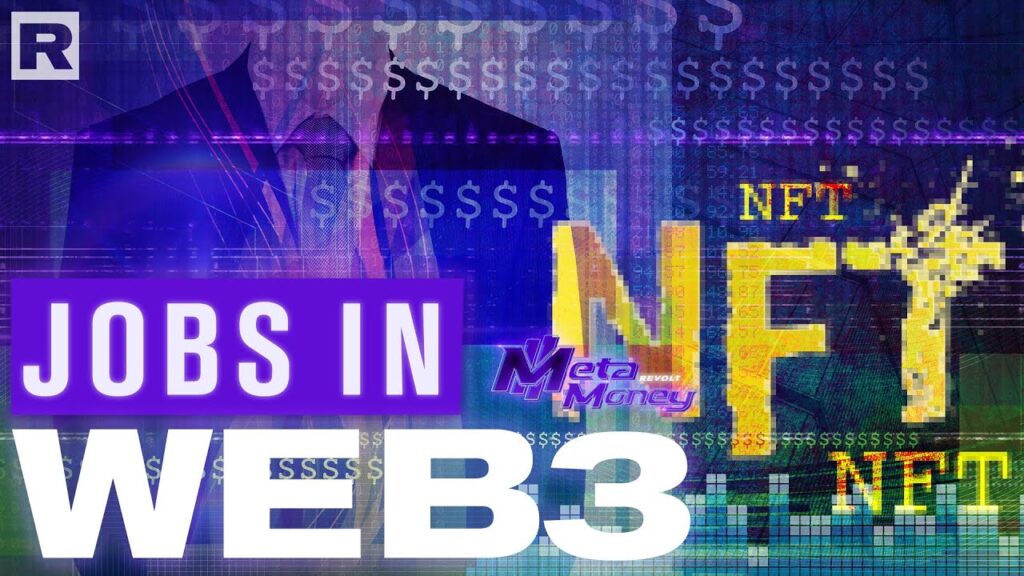
Non-fungible tokens (NFTs) have become a cornerstone of the digital economy, transforming the way we perceive ownership, art, and digital assets. In 2024, the NFT ecosystem continues to evolve, with new trends, applications, and challenges shaping its trajectory. This article provides an in-depth analysis of NFTs’ journey, their current state, and their future potential.
What Are NFTs?
NFTs are unique digital assets that represent ownership of a specific item or piece of content, verified through blockchain technology. Unlike cryptocurrencies such as Bitcoin or Ethereum, NFTs are non-fungible, meaning each token has a distinct value and cannot be exchanged on a one-to-one basis.
Key Features of NFTs
- Uniqueness: Each NFT has a unique identifier and metadata, ensuring its individuality.
- Ownership: Blockchain technology guarantees transparent and verifiable ownership.
- Interoperability: NFTs can be traded across multiple platforms, thanks to standards like ERC-721 and ERC-1155.
- Programmability: Smart contracts enable creators to set royalties and automate processes.
The Rise of NFTs in 2024
The NFT market has seen significant growth and diversification, driven by:
- Mainstream Adoption: Major brands and celebrities have embraced NFTs, using them for marketing, fan engagement, and product launches.
- Utility Expansion: Beyond art and collectibles, NFTs are now used in gaming, real estate, and decentralized identity solutions.
- Enhanced Accessibility: User-friendly platforms and lower transaction fees have made NFTs more accessible to the average consumer.
- Regulatory Clarity: Governments worldwide are introducing clearer guidelines for NFT taxation and intellectual property rights, boosting investor confidence.
Popular Use Cases of NFTs
- Art and Collectibles:
- Digital art remains one of the most prominent NFT applications, with artists monetizing their work directly.
- Collectibles, including trading cards and virtual memorabilia, have gained immense popularity.
- Gaming:
- NFTs enable players to own in-game assets, such as weapons, skins, and virtual land.
- Play-to-earn (P2E) games reward players with NFTs and cryptocurrencies, creating new economic opportunities.
- Virtual Real Estate:
- Platforms like Decentraland and The Sandbox allow users to buy, sell, and develop virtual land as NFTs.
- Businesses are leveraging virtual spaces for events, advertising, and e-commerce.
- Music and Entertainment:
- Musicians release NFT albums and concert tickets, offering fans exclusive content and experiences.
- Film studios and streaming platforms use NFTs for limited-edition releases and fan engagement.
- Identity and Certification:
- NFTs are used for digital identities, academic credentials, and professional certifications.
- These applications enhance security and reduce fraud.
Challenges in the NFT Space
- Environmental Concerns:
- The energy consumption of blockchain networks, particularly those using Proof of Work (PoW), has sparked debates about NFTs’ environmental impact.
- Transitioning to energy-efficient blockchains like Ethereum 2.0 addresses some of these concerns.
- Market Volatility:
- NFT prices can be highly volatile, leading to speculative bubbles and market corrections.
- Intellectual Property Issues:
- Determining rightful ownership and preventing copyright infringement remain significant challenges.
- Scalability and Accessibility:
- High gas fees on popular blockchains hinder mass adoption, though Layer-2 solutions and alternative networks are mitigating this issue.
Emerging Trends in NFTs
- Dynamic NFTs (dNFTs):
- These tokens change based on external conditions, offering new possibilities for gaming, sports, and real-time data applications.
- Fractional Ownership:
- Fractional NFTs allow multiple individuals to co-own high-value assets, democratizing access to luxury items and real estate.
- Phygital NFTs:
- Combining physical and digital ownership, phygital NFTs connect real-world products with blockchain tokens.
- AI-Generated NFTs:
- Artificial intelligence is being used to create unique, algorithmically generated art and content.
- Community-Centric Projects:
- DAOs (Decentralized Autonomous Organizations) use NFTs for governance and community engagement, fostering collaboration and innovation.
How to Get Started with NFTs
- Choose a Wallet:
- Select a cryptocurrency wallet compatible with NFTs, such as MetaMask or Trust Wallet.
- Pick a Marketplace:
- Popular platforms like OpenSea, Rarible, and Foundation offer diverse NFT collections.
- Mint or Purchase:
- Mint your own NFT or buy from existing collections based on your interests and budget.
- Secure Your Assets:
- Store NFTs in a secure wallet and back up your private keys.
The Future of NFTs
NFTs are poised to revolutionize multiple industries, from entertainment to education. Key developments to watch include:
- Integration with the Metaverse:
- NFTs will play a central role in shaping virtual worlds, enabling seamless asset transfers and digital identities.
- Institutional Adoption:
- Corporations and financial institutions are exploring NFTs for branding, customer loyalty programs, and tokenized securities.
- Regulatory Advances:
- Clearer legal frameworks will foster greater trust and investment in the NFT ecosystem.
- Social Impact:
- NFTs have the potential to support charitable causes, preserve cultural heritage, and empower creators in developing regions.
NFTs have come a long way since their inception, evolving into a dynamic and multifaceted ecosystem. In 2024, they continue to push the boundaries of digital ownership and innovation, unlocking new opportunities for creators, businesses, and consumers alike. As technology and adoption advance, NFTs are set to remain at the forefront of the digital revolution.
